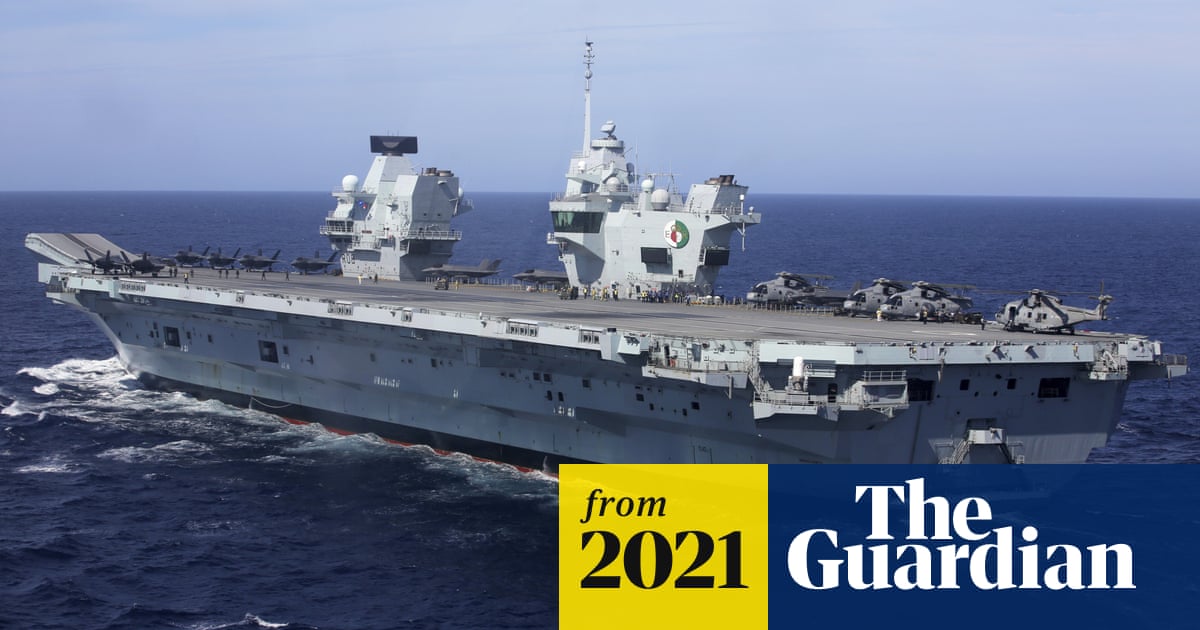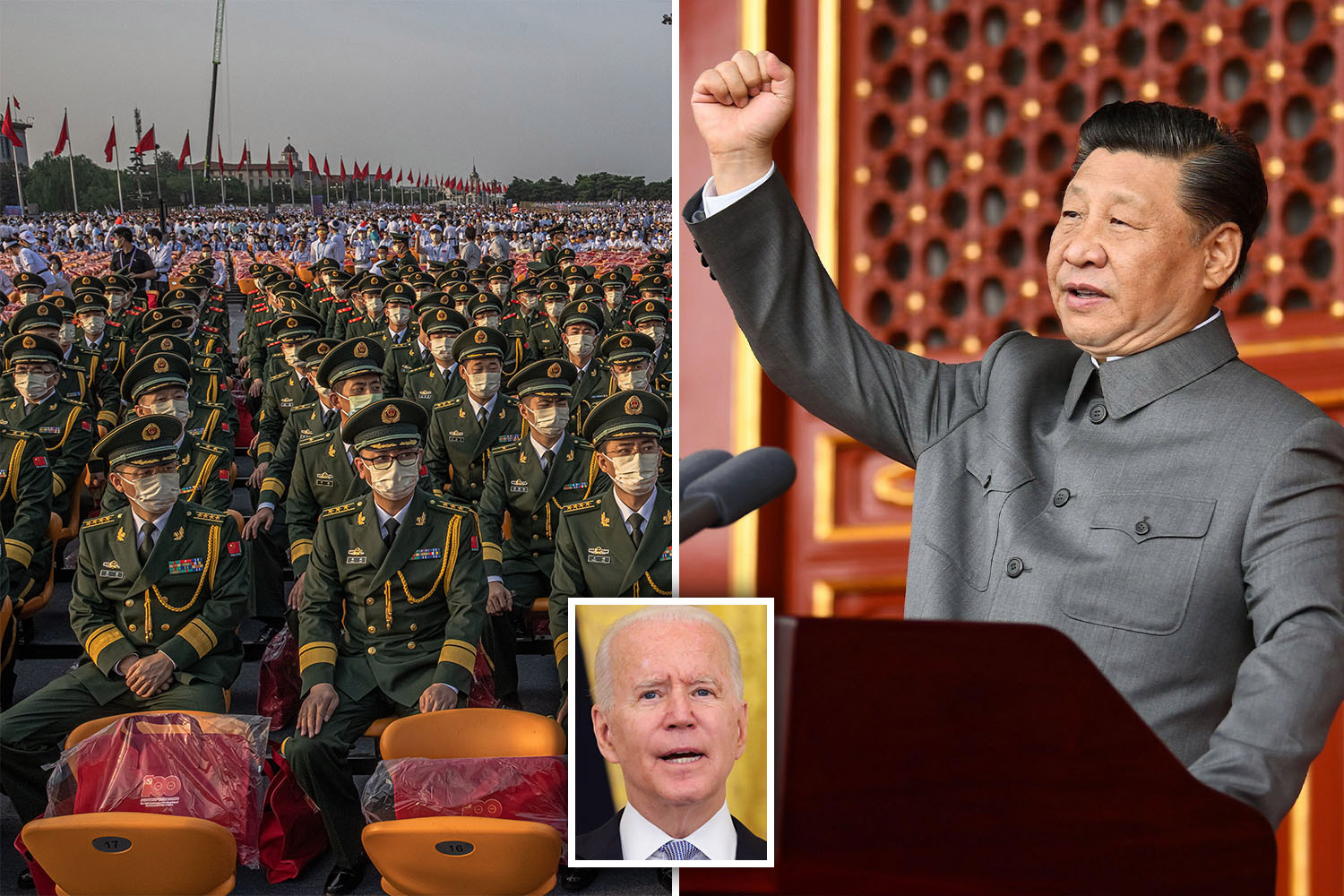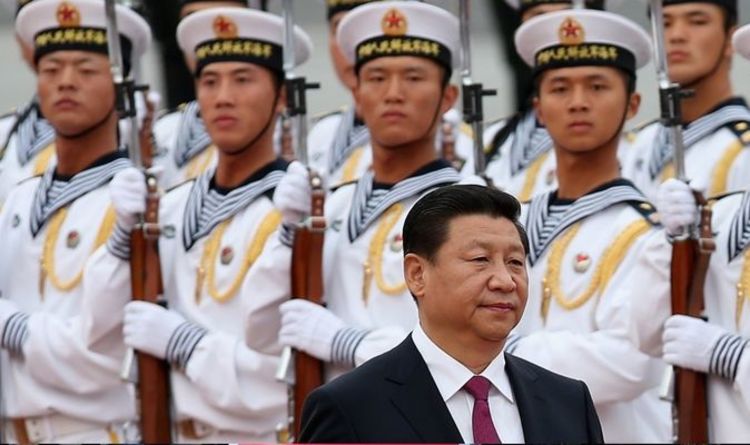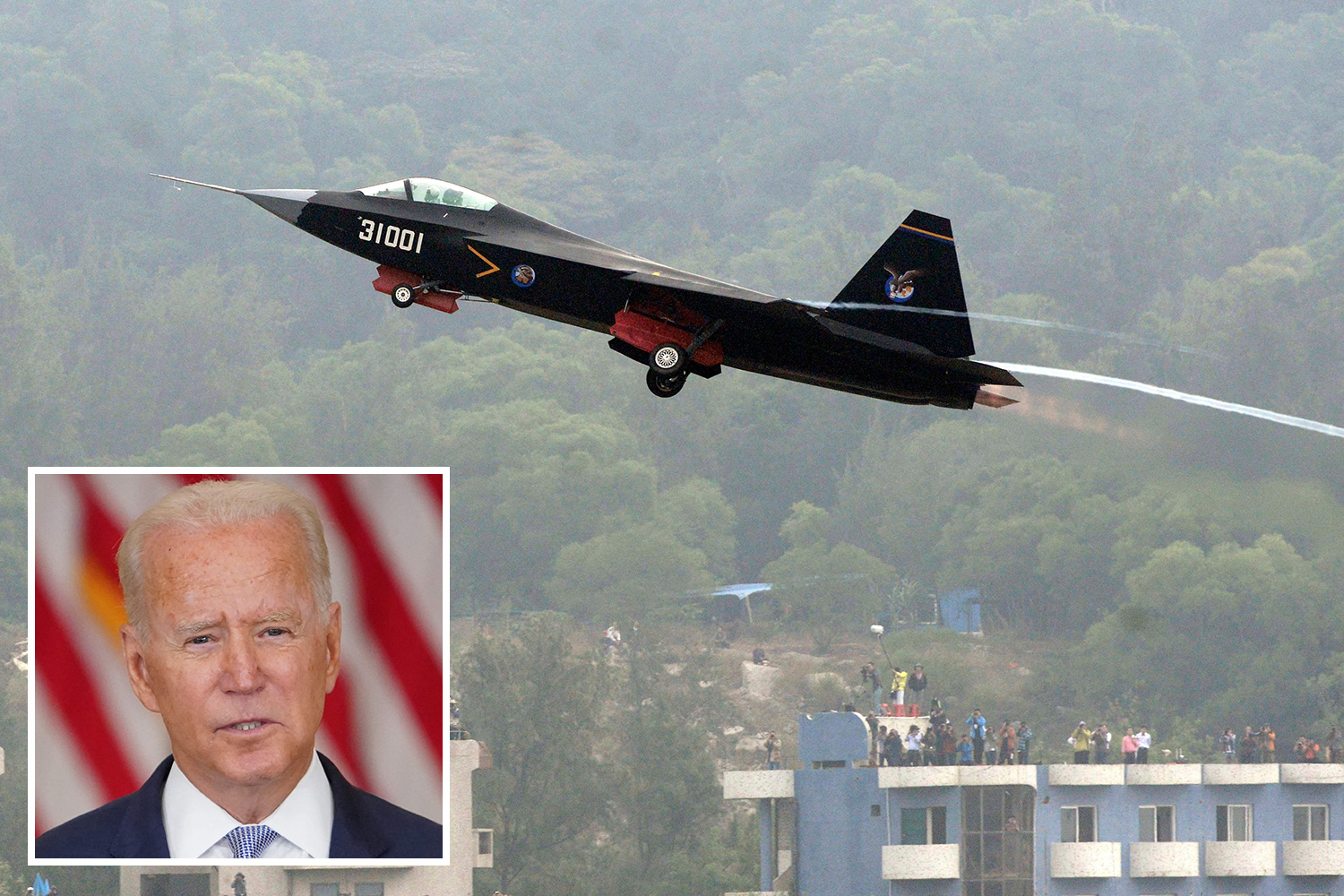On July 21 and 22, CSG 21 was reported to have
exercised with Indian Navy ships Satpura, Ranvir, Jyoti, Kavaratti, and Kulish, along with a submarine and P-8I aircraft.
The maiden exercise between the Indian and UK navies’ latest aircraft carriers was described by India as a passage exercise, though a somewhat ambitious one, as it is said to have enabled engagement over the entire spectrum of maritime operations.
The British High Commission, on the other hand, projected it as three days of complex maritime interactions. The United States Naval Institute reported this as Exercise Konkan. It went on to report that
CSG 21 would exercise with a U.S. Carrier Strike Group in the Indo-Pacific in August, bringing together
the largest concentration of F-35 jets anywhere in the world.
The return of British attention East of Suez first became evident with the r
eactivation of HMS Juffair, a U.K. Naval Support Facility in Bahrain, in April 2018. The claimed regional footprint was broadened to the Indo-Pacific through a dedicated section in the United Kingdom’s
integrated review of March 16, 2021, which
describes the region as “at the centre of intensifying geopolitical competition with multiple potential flashpoints” and “on the frontline of new security challenges, including in cyberspace.” To support operations in the Indo-Pacific,
the United Kingdom will call upon British defense staff in Kenya (Mombasa), Oman (Duqm), Singapore, and Australia (Canberra) in addition to defense representation spread throughout the region which
includes large training areas in Kenya and Oman and hubs/bases in the British Indian Ocean Territory and Brunei. The United Kingdom’s comprehensive strategic partnership with India also plays a significant role
. India’s foreign secretary visited London on July 24 and 25 to review UK-India cooperation and the implementation of the bilateral Road Map 2020, which had been adopted in May 2021.









